Zientzia hedabideetan
-
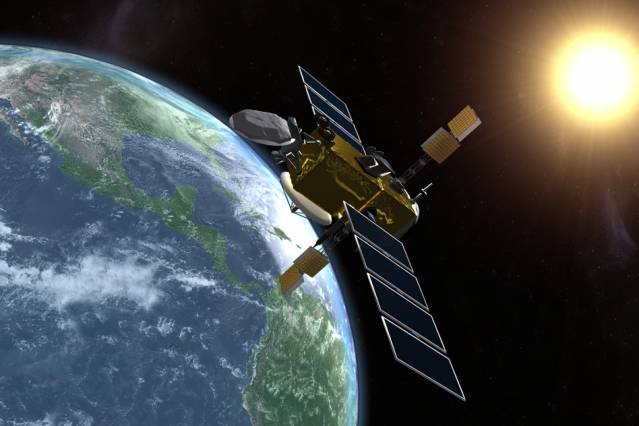
Electrospray thruster makes small satellites more capable
Small satellites are becoming increasingly popular tools for Earth-imaging, communications, and other applications. But they have major control issues: Once in space, they can’t accurately point cameras or change orbit, […]
-

Argiaren denborak
“Eta argiak, benetan, denbora bat beharko balu Jupiterretik hona iristeko?” pentsatu zuten. Cassini eta Rømer azalpen baten bila zebiltzan; ezin baitzuten ulertu zergatik Ioren eklipseak batzuetan espero baino lehenago gertatzen […]
-
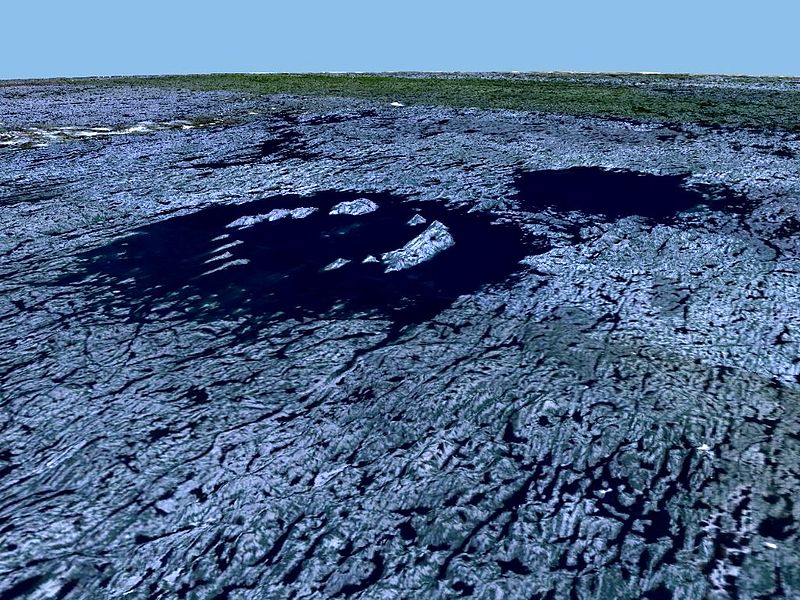
Double Impact Crater in Canada Formed in Two Separate Impacts
An asteroid smashing into a planet can dramatically alter the planet’s habitability by setting back evolution or even encouraging biodiversity. In order to understand how cosmic impacts influence life and […]
-

Neanderthals wore jewelry made of eagle talons, study finds
Even Neanderthals liked a little bling. A fresh examination of prehistoric eagle talons discovered more than 100 years ago reveals that our ancient relatives made and wore their own jewelry.
-
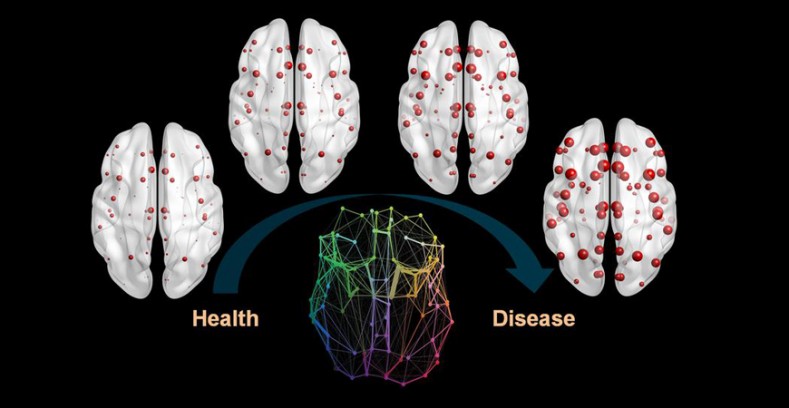
Rediseñando el mapa químico de la lengua: ¿es la grasa el sexto sabor?
Científicos australianos reúnen las pruebas sobre la ruta electroquímica que los ácidos grasos ponen en marcha entre nuestra lengua y nuestro cerebro. De confirmarse, habría que cambiar los libros de […]
-

Did the Anthropocene Begin with the Deaths of 50 Million Native Americans?
Christopher Columbus’ arrival in the “new world” in 1492 marked the start of an epoch of mass death. An estimated 50 million inhabitants of North, Central, and South America died […]
-

Number-crunching Higgs boson: meet the world’s largest distributed computer grid
The world’s largest science experiment, the Large Hadron Collider, has potentially delivered one of physics’ “Holy Grails” in the form of the Higgs boson. Much of the science came down […]
-
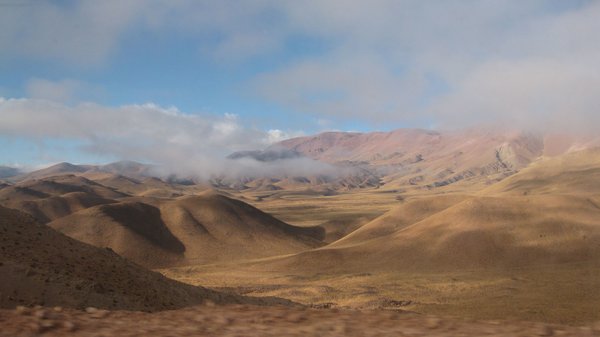
An Unlikely Driver of Evolution: Arsenic
Arsenic can poison people today through exposure to pesticides and pollution. But arsenic is also naturally present in the water and soil in some parts of the world. The Atacama […]
-
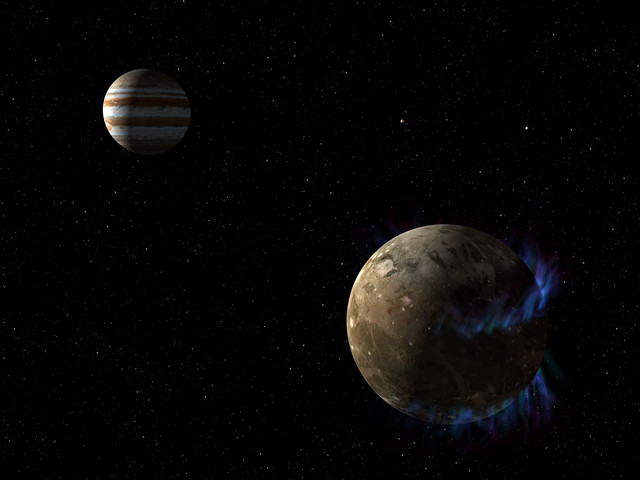
Las auroras de Ganímedes sugieren que tiene un océano subterráneo
El telescopio espacial Hubble de la NASA ha encontrado la mejor evidencia hasta la fecha de la existencia de un océano de agua salada bajo la corteza de Ganímedes, la […]
